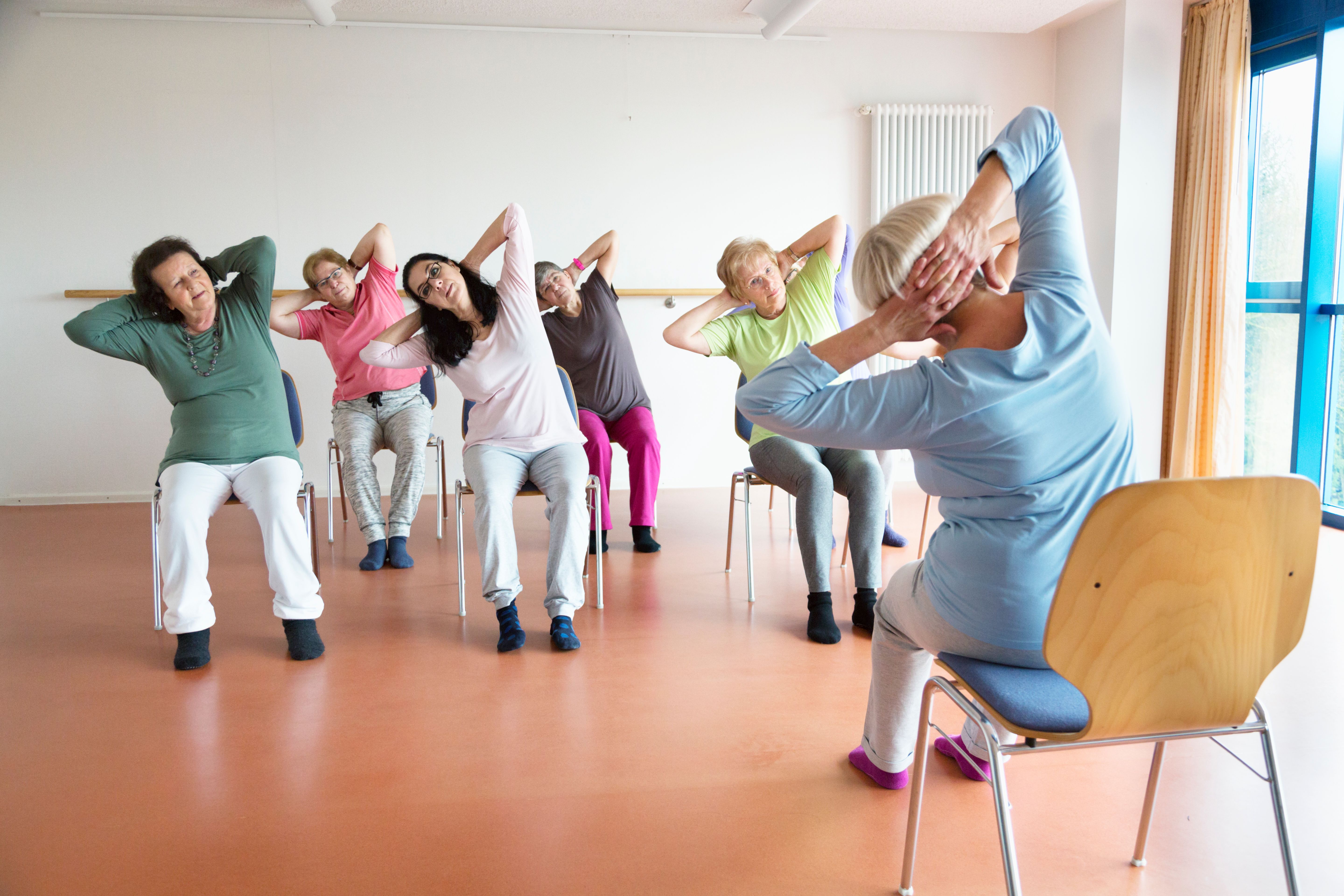Staying Active in Your Senior Years: Key to Health and Happiness
Introduction to Active Aging
As we age, maintaining an active lifestyle becomes increasingly important. Engaging in regular physical activity can lead to numerous health benefits, enhancing both physical and mental well-being. Staying active in your senior years is not just about extending life expectancy, but also about improving the quality of those additional years.
Research consistently shows that seniors who remain active are more likely to enjoy better health and greater happiness. Whether it's walking, swimming, or participating in group exercises, there are countless ways for seniors to incorporate activity into their daily routines.

The Benefits of Staying Active
Physical Health Benefits
Regular exercise helps to maintain muscle strength, improve balance, and increase flexibility, all of which are crucial in preventing falls and injuries. Exercise also supports cardiovascular health, helping to prevent conditions such as heart disease and hypertension. By staying active, seniors can reduce the risk of developing chronic illnesses and manage existing health conditions more effectively.
Mental Health Advantages
Physical activity is not only beneficial for the body but also for the mind. Exercise releases endorphins, which are natural mood lifters. This can help alleviate symptoms of depression and anxiety common among seniors. Furthermore, staying active can improve cognitive function and may reduce the risk of dementia.

Types of Activities for Seniors
Low-Impact Exercises
Seniors should focus on low-impact exercises that are gentle on the joints while still providing a good workout. Activities such as walking, swimming, or cycling are excellent choices. These exercises are not only enjoyable but also easy to adapt to different fitness levels.
- Walking in parks or nature trails
- Swimming or water aerobics
- Cycling on flat, safe paths
Strength and Balance Training
Incorporating strength and balance exercises into a routine can help enhance stability and muscle tone. Simple activities like yoga or tai chi can greatly improve balance and coordination. Additionally, light weightlifting or resistance band workouts can increase muscle mass and bone density.

Building an Active Routine
Creating a consistent exercise routine is key to reaping the benefits of an active lifestyle. Seniors should aim for at least 150 minutes of moderate-intensity aerobic activity per week, as recommended by health professionals. This can be broken down into manageable sessions throughout the week.
- Set realistic goals and gradually increase intensity.
- Incorporate a mix of aerobic and strength exercises.
- Stay hydrated and ensure proper nutrition.
- Listen to your body and rest when needed.
The Social Aspect of Staying Active
Exercise doesn't have to be a solitary activity. Joining group classes or clubs can provide a social outlet, making the experience more enjoyable and motivating. Activities such as dancing classes, community sports leagues, or walking groups offer excellent opportunities to meet new people and form lasting friendships.

Conclusion
Staying active in your senior years is a cornerstone of maintaining health and happiness. With numerous physical and mental benefits, incorporating regular exercise into daily life is essential. By choosing activities that are enjoyable and suitable for individual fitness levels, seniors can lead vibrant and fulfilling lives well into their later years.
Remember, it's never too late to start embracing an active lifestyle. Every step taken towards being more active is a step towards better health and increased joy.
